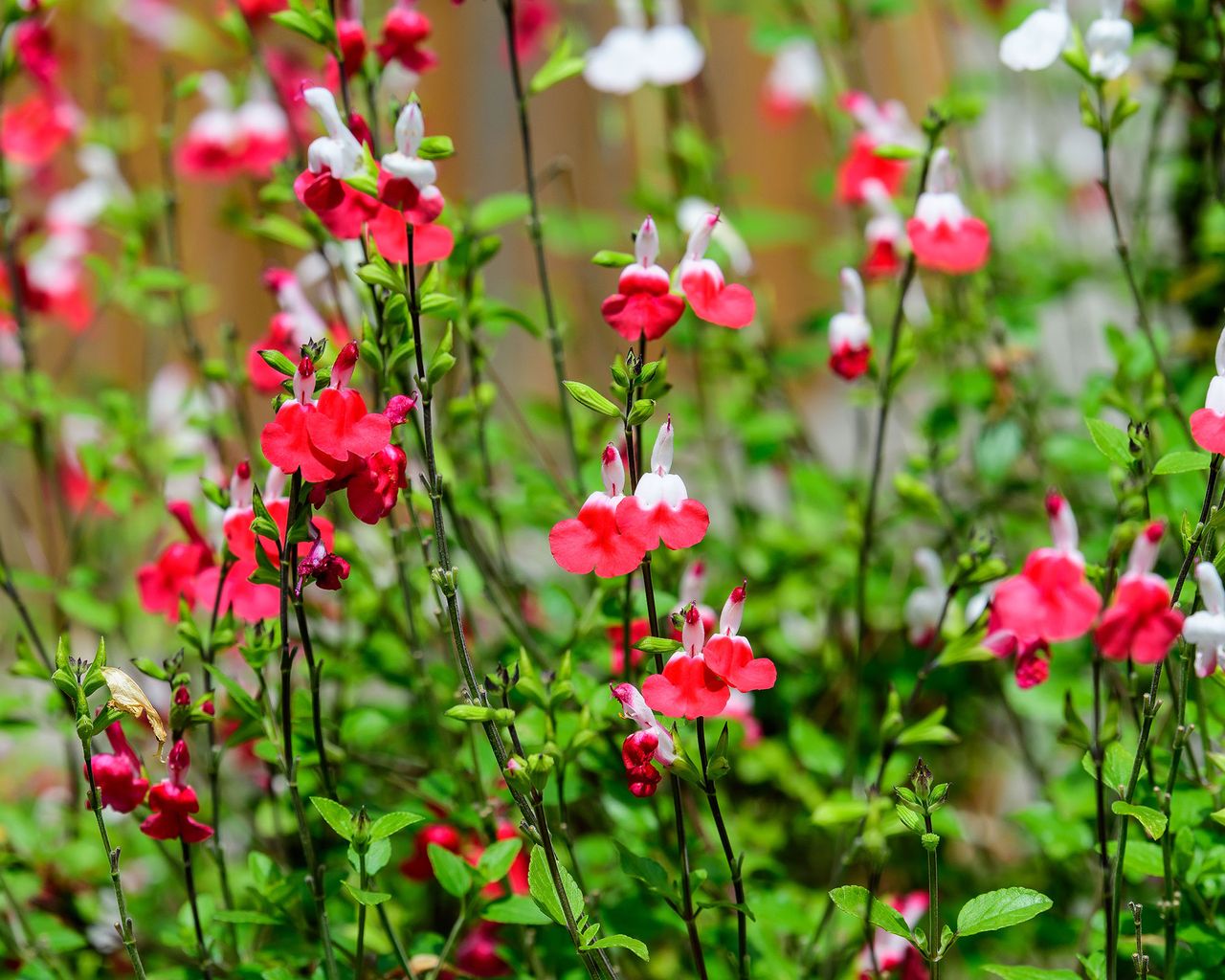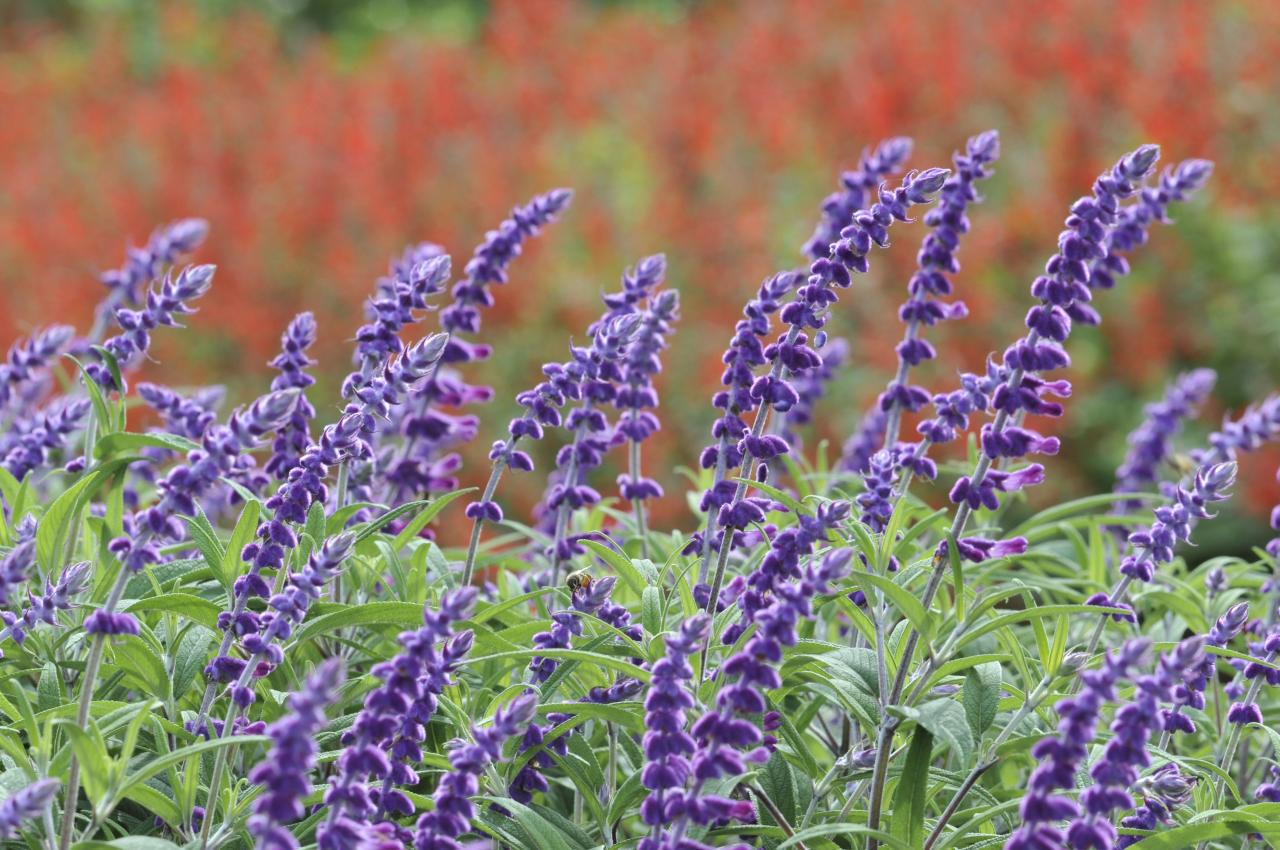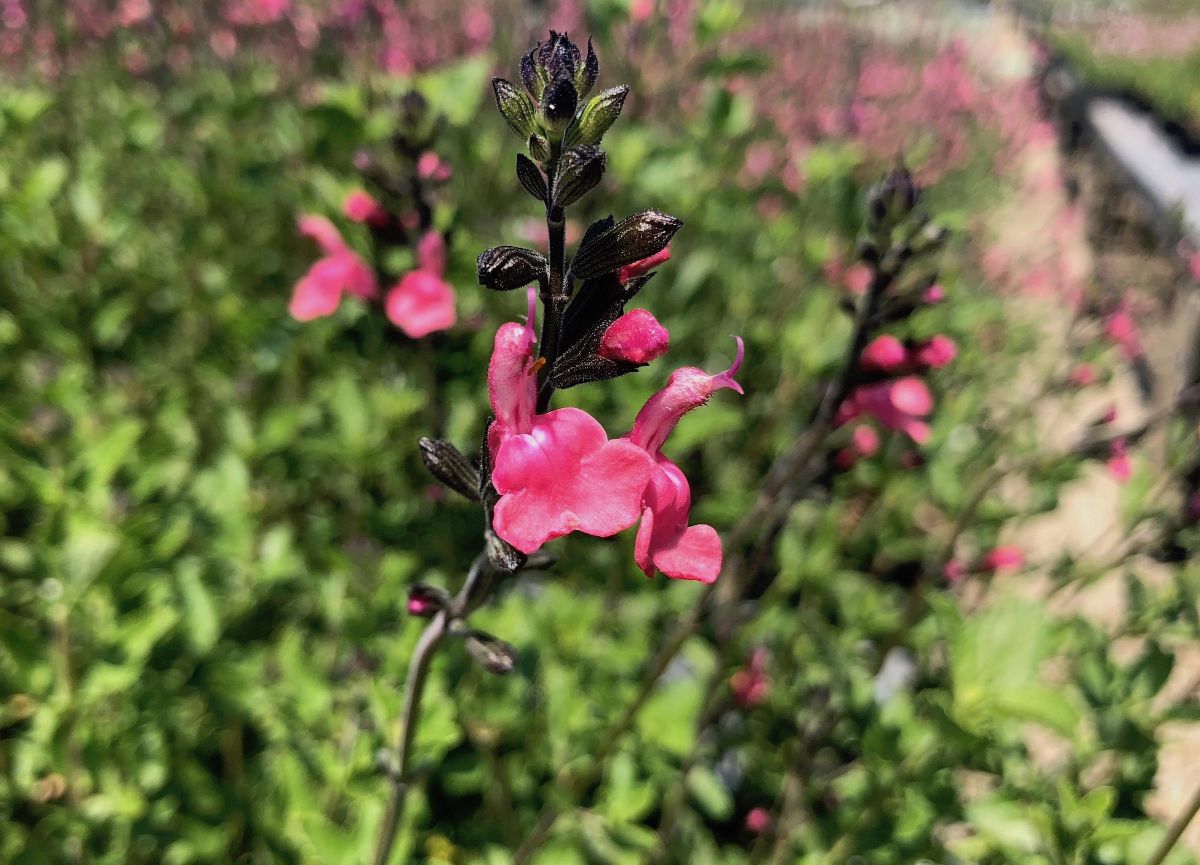When considering plants for your garden, you might wonder about the suitability of various species for different light conditions. Among these plants, Salvias are often admired for their vibrant colors and resilience. But do Salvias grow in shade? This is a common question among gardening enthusiasts, especially those who have shaded areas in their gardens. In this article, we will explore the growth conditions of Salvias, their preferences for sunlight, and how to effectively cultivate them in less-than-ideal lighting conditions.
Understanding Salvias

Salvias, belonging to the mint family (Lamiaceae), are a diverse genus consisting of over 900 species. Known for their tubular flowers and aromatic foliage, these plants are prevalent in gardens and landscapes worldwide. Salvias are particularly loved for their ability to attract pollinators like bees and hummingbirds, making them not only beautiful but beneficial for the ecosystem. 🌼
Types of Salvias
There are numerous species of Salvia, each with its unique characteristics. Some of the most common types include:
- Salvia nemorosa: Also known as woodland sage, this species is known for its upright growth and is often found in gardens.
- Salvia officinalis: Commonly known as sage, this variety is used both as a culinary herb and ornamental plant.
- Salvia splendens: Known as red salvia, this species is popular for its bright red flowers and is often used in annual bedding plants.
- Salvia guaranitica: Often referred to as anise-scented sage, it features striking blue flowers and is a favorite for attracting pollinators.
Light Requirements of Salvias
Salvias generally thrive in full sun conditions, requiring at least 6-8 hours of direct sunlight each day. However, not all types of Salvias have the same tolerance for shade. Understanding the light requirements is crucial for successful cultivation.
Full Sun vs. Partial Shade
Most Salvias prefer full sun to flourish, but certain species can tolerate partial shade. It is essential to identify which type of Salvia you are working with to determine their specific light requirements. Here’s a breakdown:
| Type of Salvia | Full Sun | Partial Shade | Notes ||——————————|————–|——————-|———————————|| Salvia nemorosa | Yes | Limited | Performs best in full sun. || Salvia officinalis | Yes | No | Requires full sun for flavor. || Salvia splendens | Yes | Yes | Can tolerate some shade. || Salvia guaranitica | Yes | Limited | Prefers full sun but adapts. |
Important Note: While some Salvias can tolerate partial shade, they may not bloom as prolifically compared to those grown in full sun.
Do Salvias Really Grow in Shade?: Do Salvias Grow In Shade
The simple answer is that most Salvias do not thrive in complete shade. However, certain varieties can survive with limited sunlight. These shade-tolerant Salvias tend to have different growth habits and flowering patterns compared to their sun-loving counterparts. It is essential to choose the right type if your garden has shady areas.
Shade-Tolerant Salvias
If your garden primarily consists of shaded areas, consider the following Salvias known for their ability to grow in partial shade:
– Salvia nemorosa: Though it prefers full sun, it can tolerate some shade, especially in the afternoon.- Salvia splendens: This type can manage in partial shade, especially in hotter climates where some relief from the sun is beneficial.- Salvia guaranitica: While it favors full sun, it will accept some shade, particularly in the afternoon.
Challenges of Growing Salvias in Shade
Growing Salvias in shaded areas presents certain challenges. Here are a few to consider:
Reduced Flowering
One significant downside to growing Salvias in shade is that they often produce fewer flowers. The lack of adequate sunlight means that the plant cannot photosynthesize as efficiently, which directly affects flowering and overall vigor. If your goal is a vibrant display of flowers, full sun exposure is crucial.
Increased Susceptibility to Disease
Shaded areas tend to have higher humidity and reduced airflow, which can lead to problems with fungal diseases. Salvias grown in these conditions are more susceptible to issues like powdery mildew and root rot. Proper spacing and maintenance can help mitigate these risks.
Stunted Growth
Salvias that do not receive sufficient sunlight may exhibit stunted growth. These plants can become leggy, with sparse foliage, leading to a less attractive appearance. To maintain healthy plants, it’s essential to provide the best light conditions possible.
How to Successfully Grow Salvias in Shade

Despite the challenges, it is possible to grow Salvias in shaded areas with the right care and strategies. Here are some tips:
Choose the Right Location
Find areas in your garden that receive dappled sunlight or light shade for part of the day. Avoid placing Salvias in deep shade or areas with minimal light exposure.
Improve Airflow, Do Salvias Grow In Shade
To combat the risk of fungal diseases, ensure good airflow around your plants. This can be done by:
– Avoiding overcrowding- Pruning for better air circulation- Positioning plants away from dense foliage
Optimize Soil Conditions
Healthy soil promotes robust growth. Use well-draining soil enriched with organic matter to provide essential nutrients for your Salvias. Consider adding compost or well-rotted manure to improve soil fertility.
Proper Watering Practices
While shaded areas retain moisture longer, it is crucial to monitor soil moisture levels. Salvias prefer slightly dry conditions rather than being constantly soggy. Water your plants only when the top inch of soil feels dry to the touch.
Fertilization
Feed your Salvias with a balanced fertilizer in the spring to support healthy growth and flowering. Consider using a slow-release fertilizer to provide nutrients over an extended period.
Companion Planting with Salvias
When planting Salvias in shaded areas, consider companion plants that thrive under similar conditions. Some ideal companions include:
– Hostas: Their broad leaves create a lush backdrop for the colorful blooms of Salvias.- Ferns: Offering a delicate texture, ferns can complement the vibrant colors of Salvias without overshadowing them.- Astilbe: This perennial provides beautiful flowers in various colors and thrives in similar light conditions.
Combining these plants not only enhances the visual appeal of your garden but also creates a more diverse ecosystem that attracts beneficial insects. 🐝
Conclusion
In summary, while most Salvias thrive in full sun, certain varieties can indeed grow in partial shade. By understanding the specific needs of different types of Salvias and employing effective gardening strategies, you can enjoy these beautiful plants even in less-than-ideal light conditions. Remember that the key to successfully growing Salvias in shaded areas lies in choosing the right species and providing optimal care.
